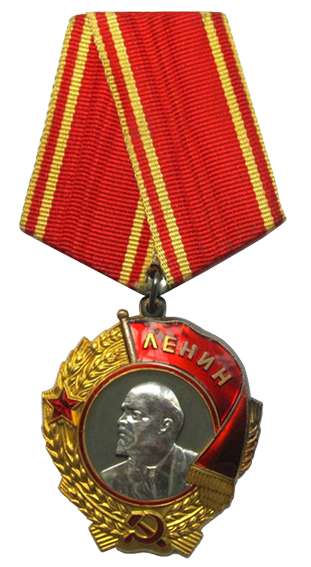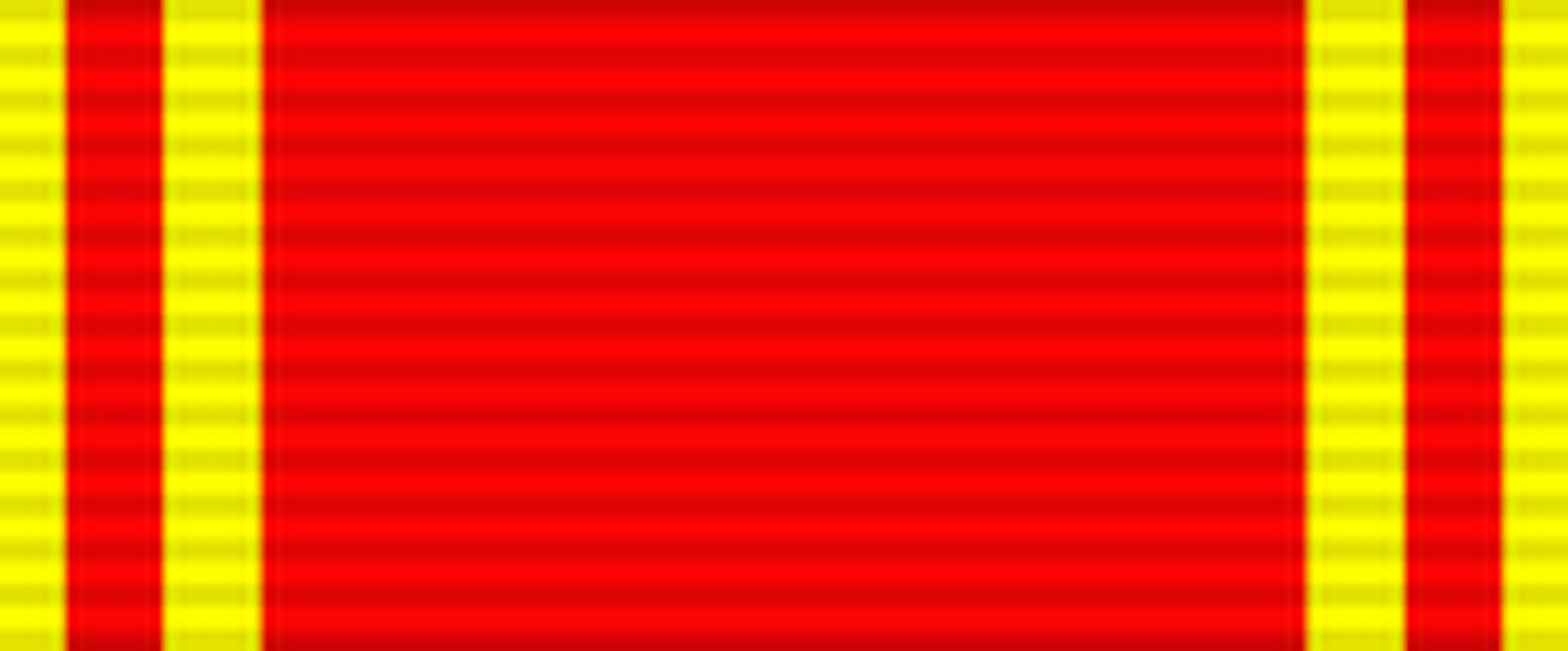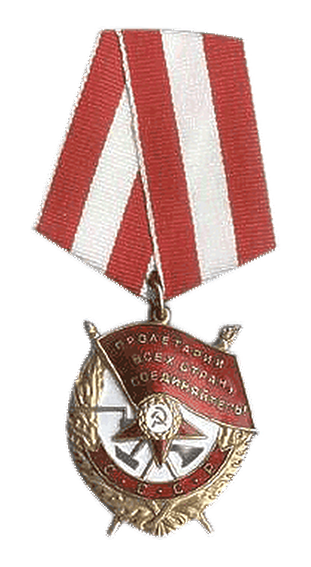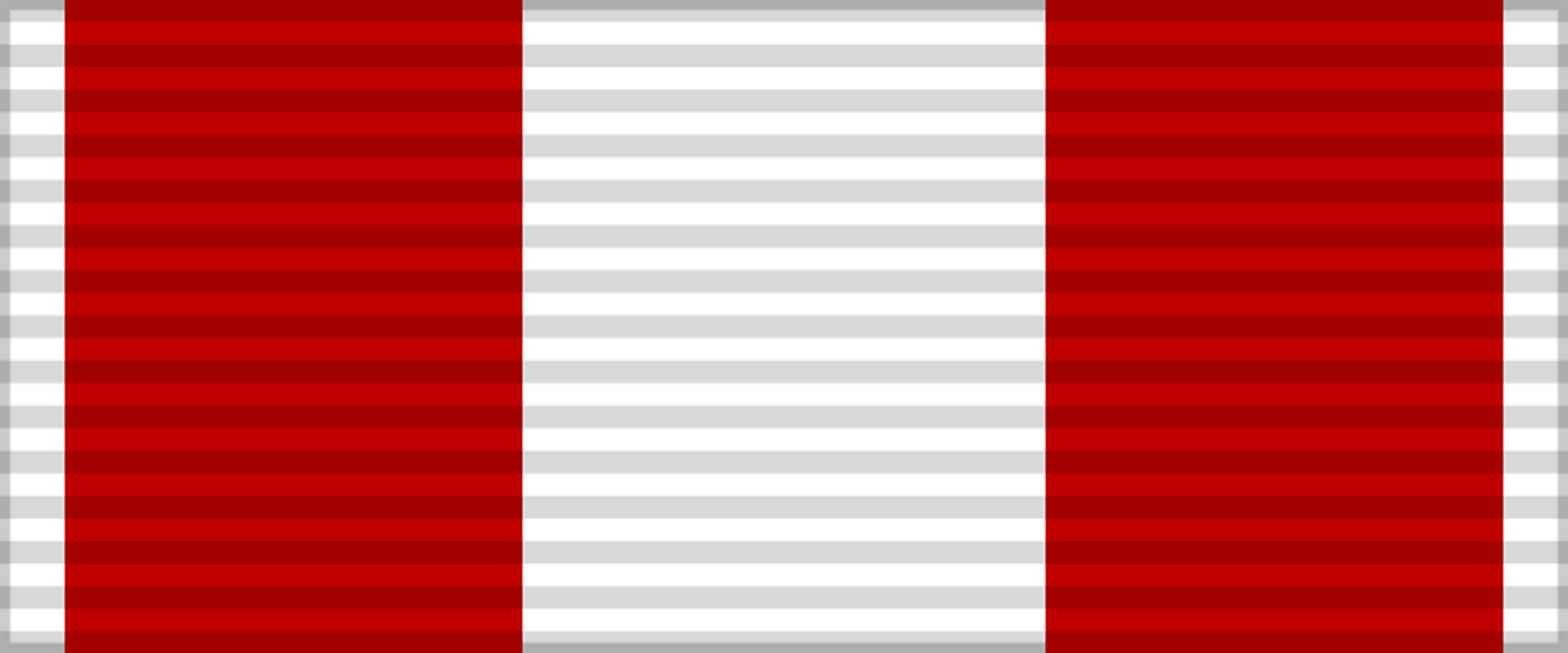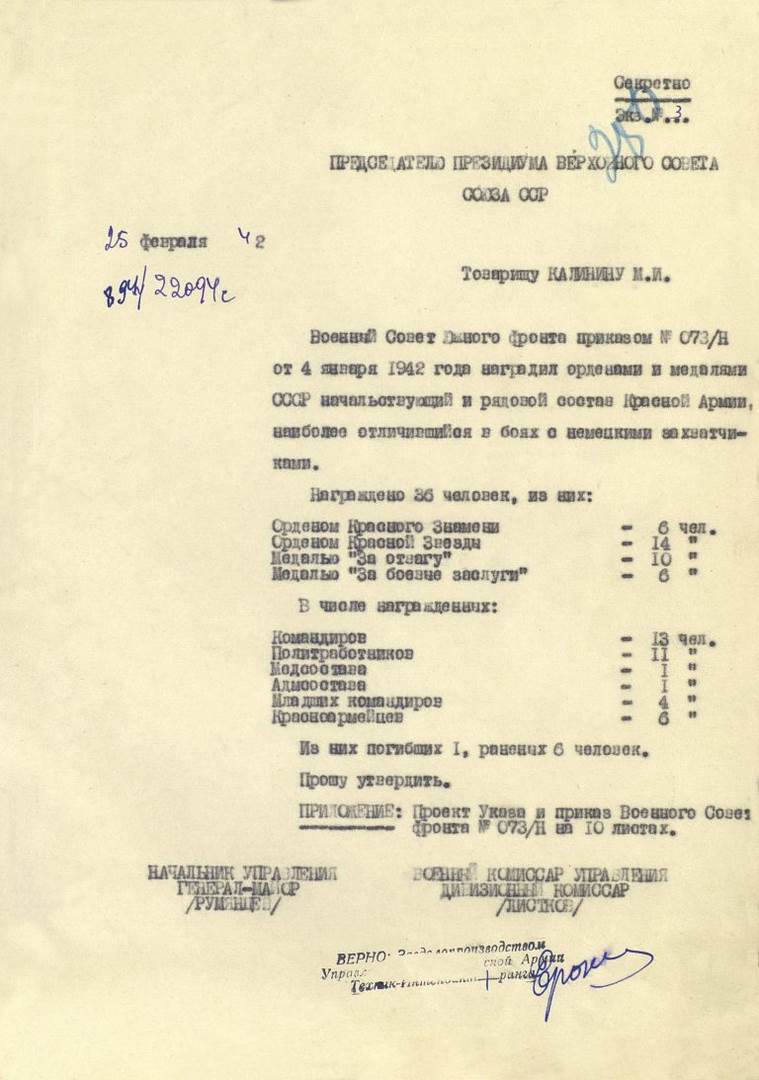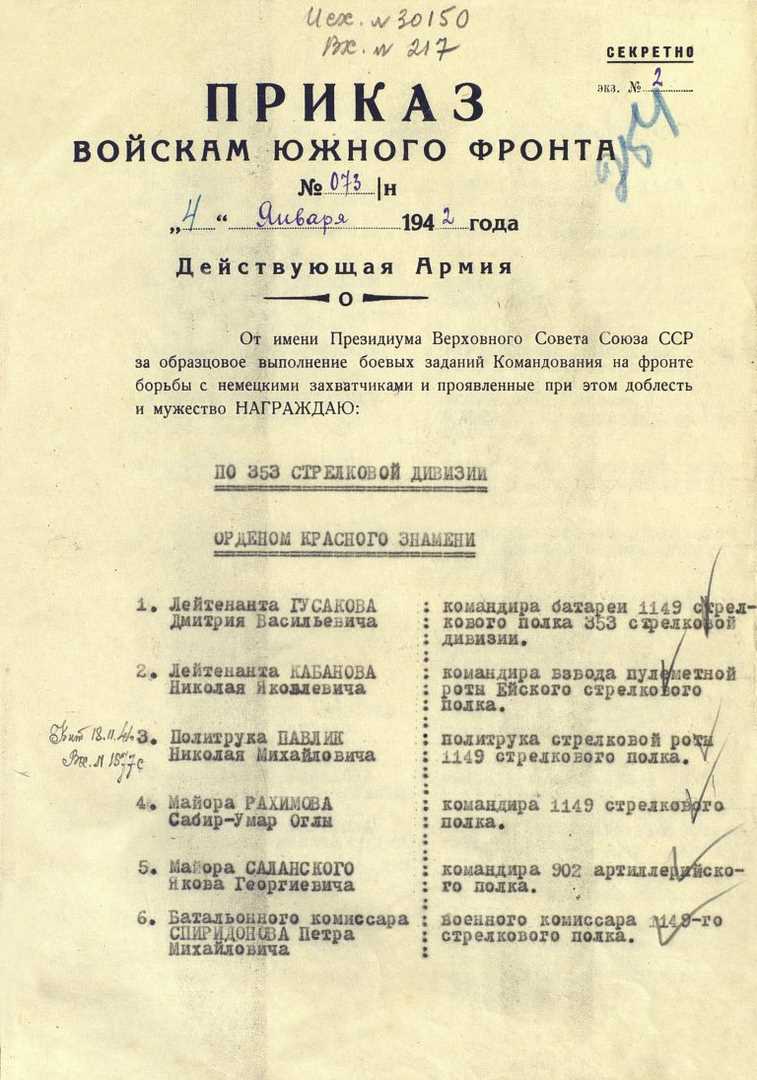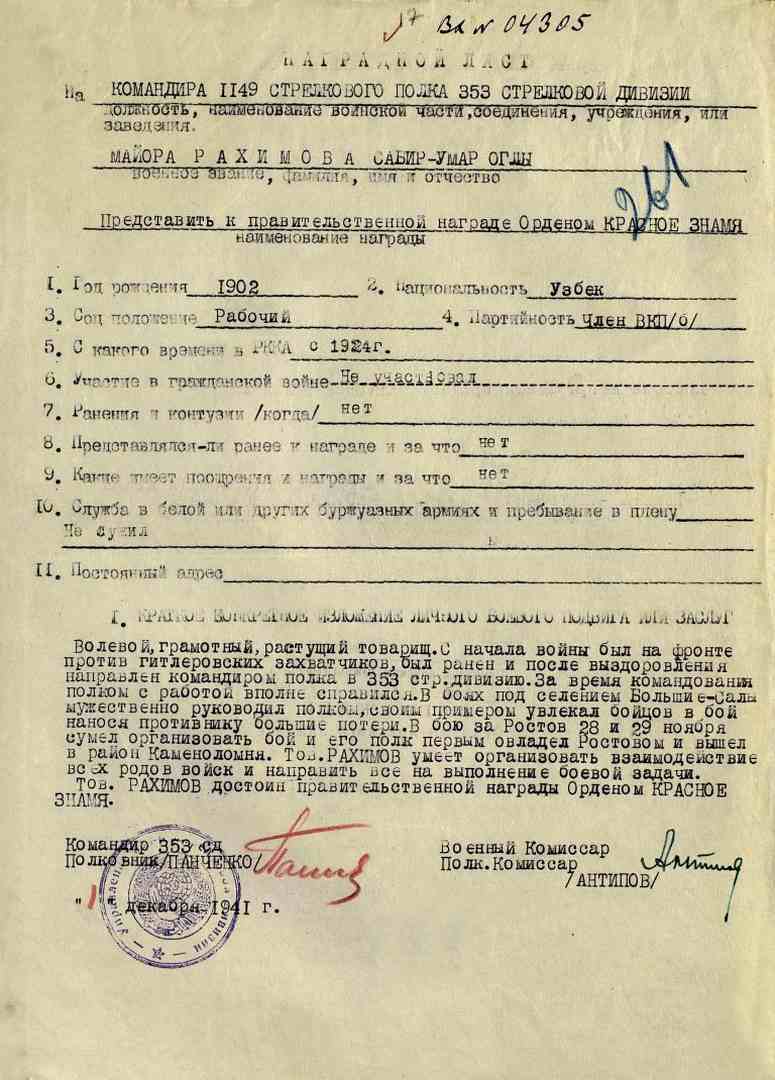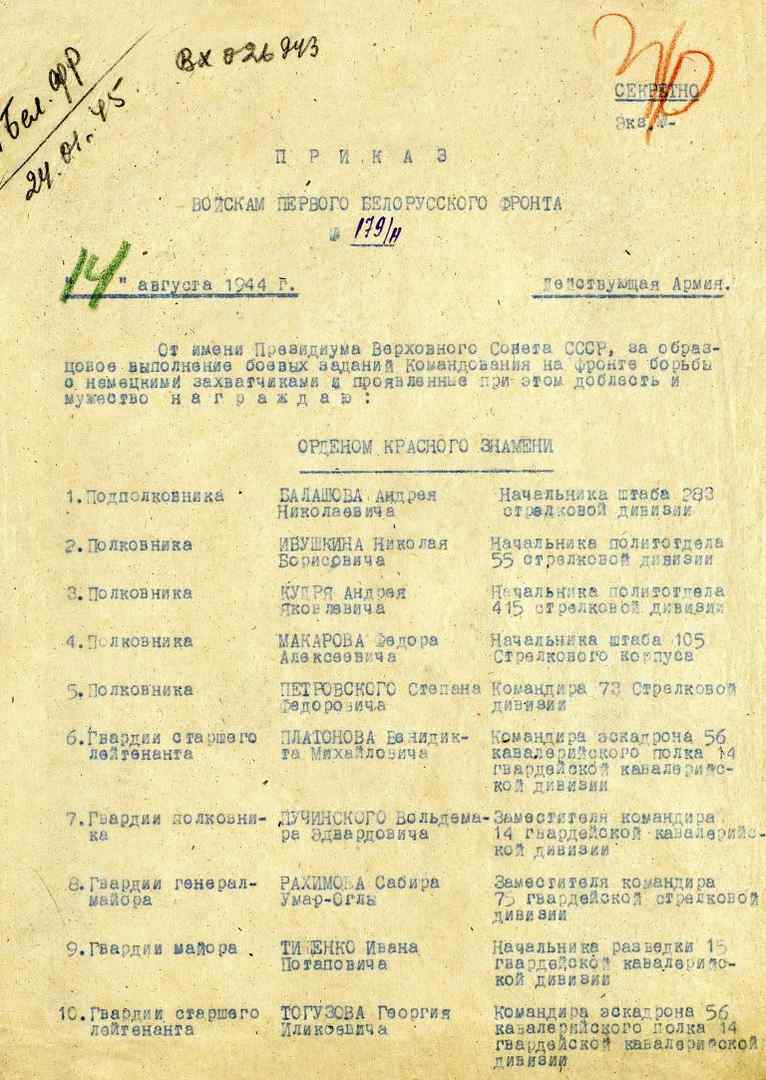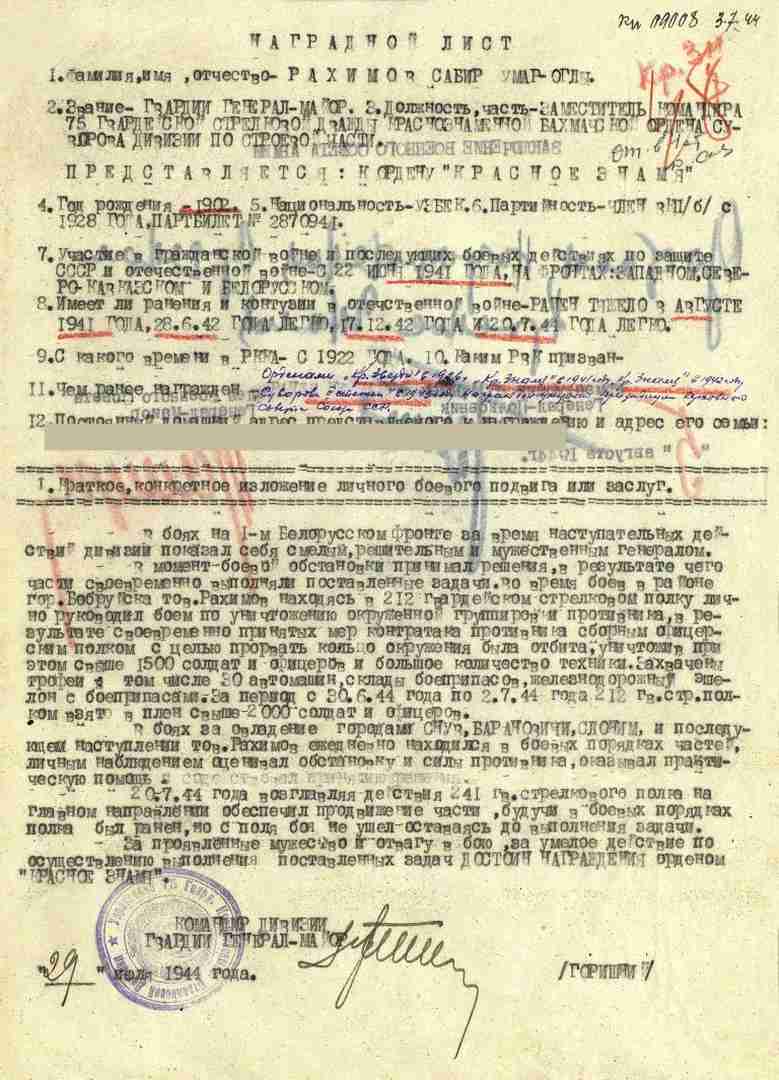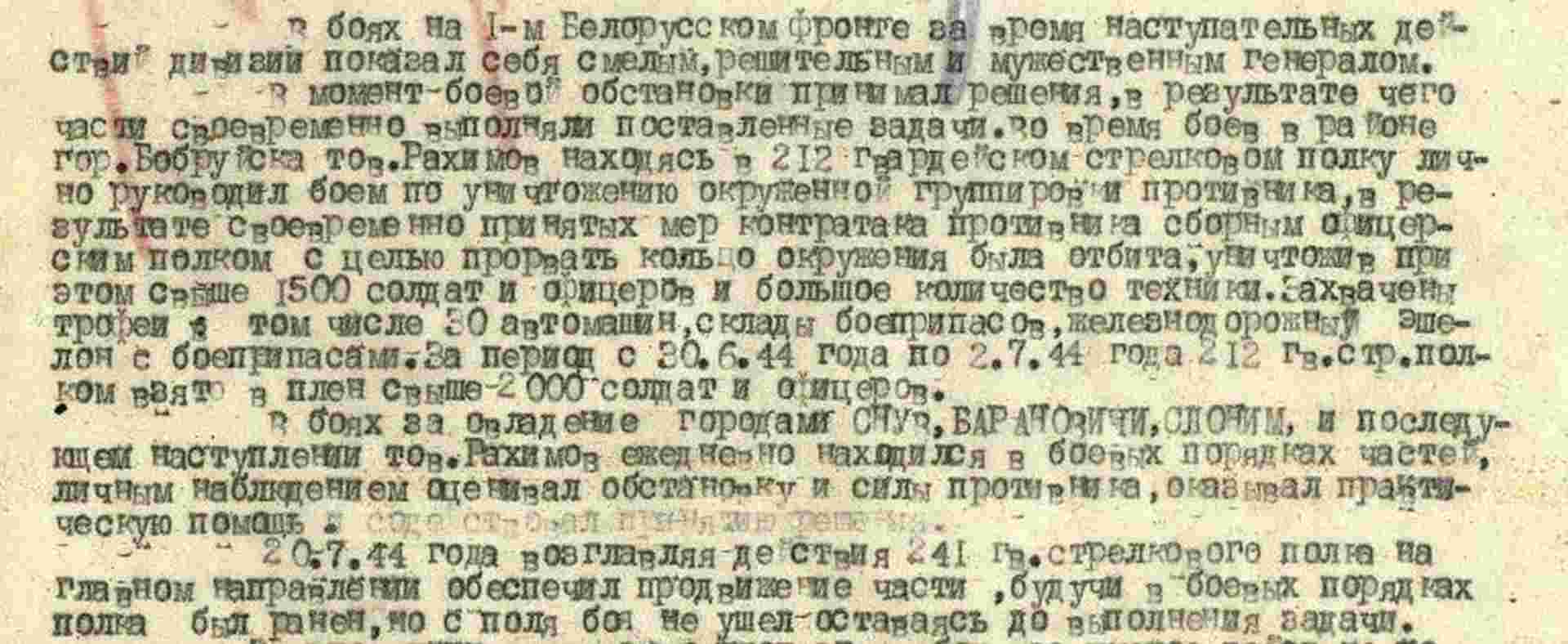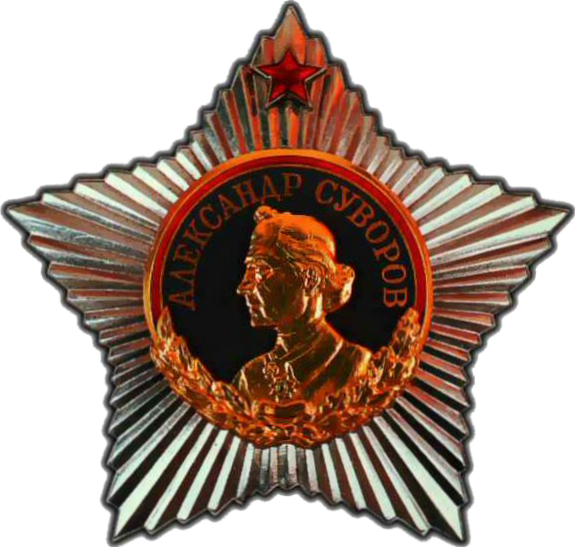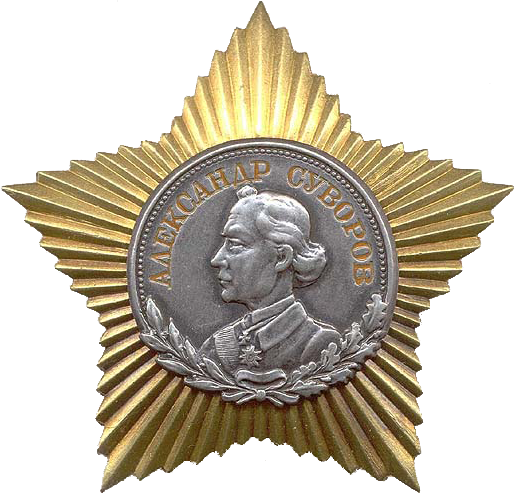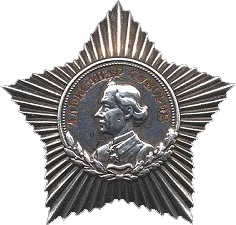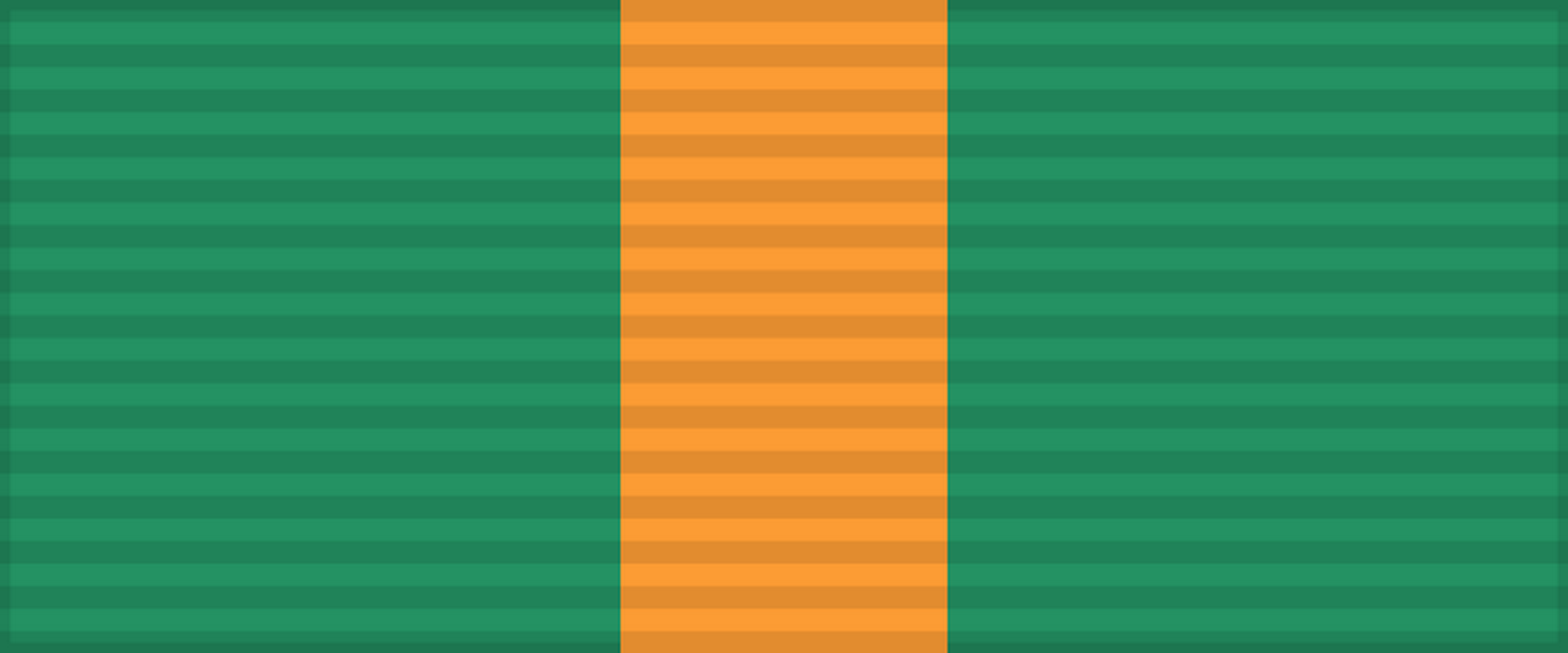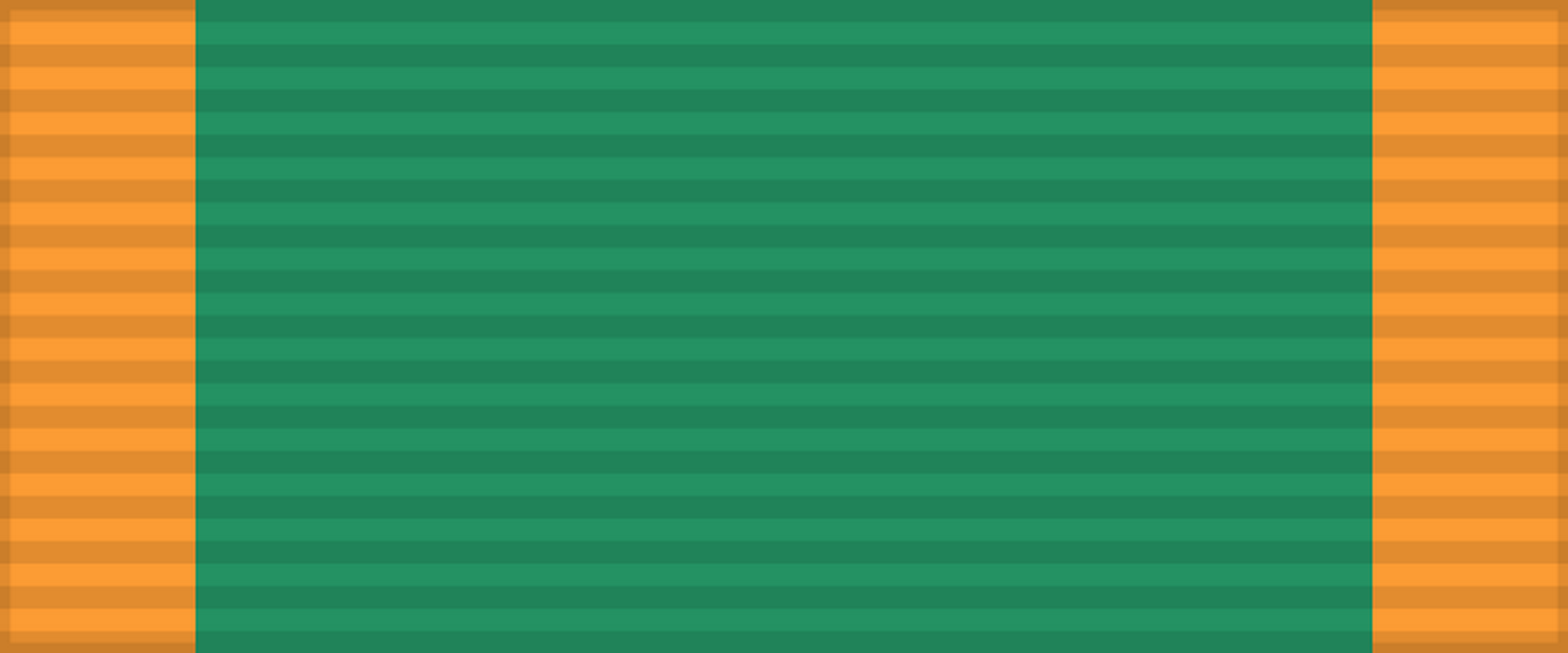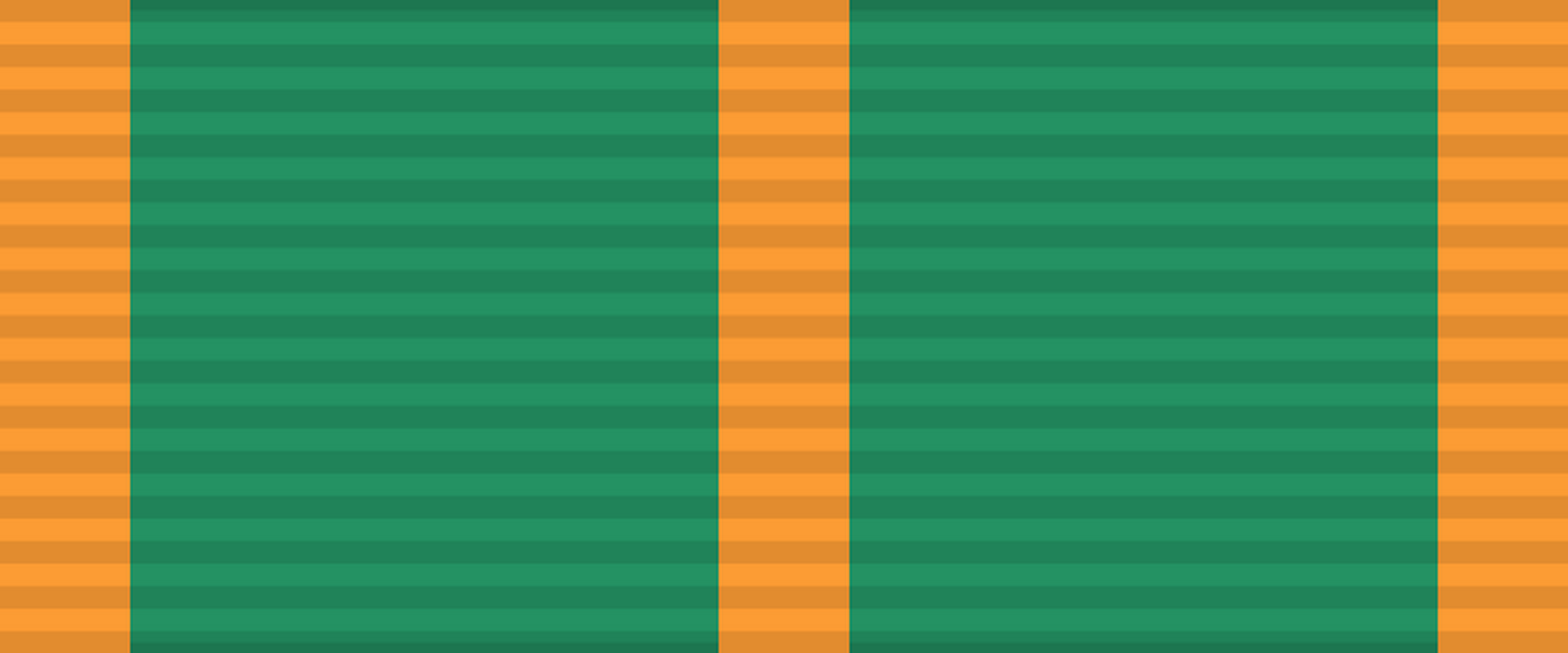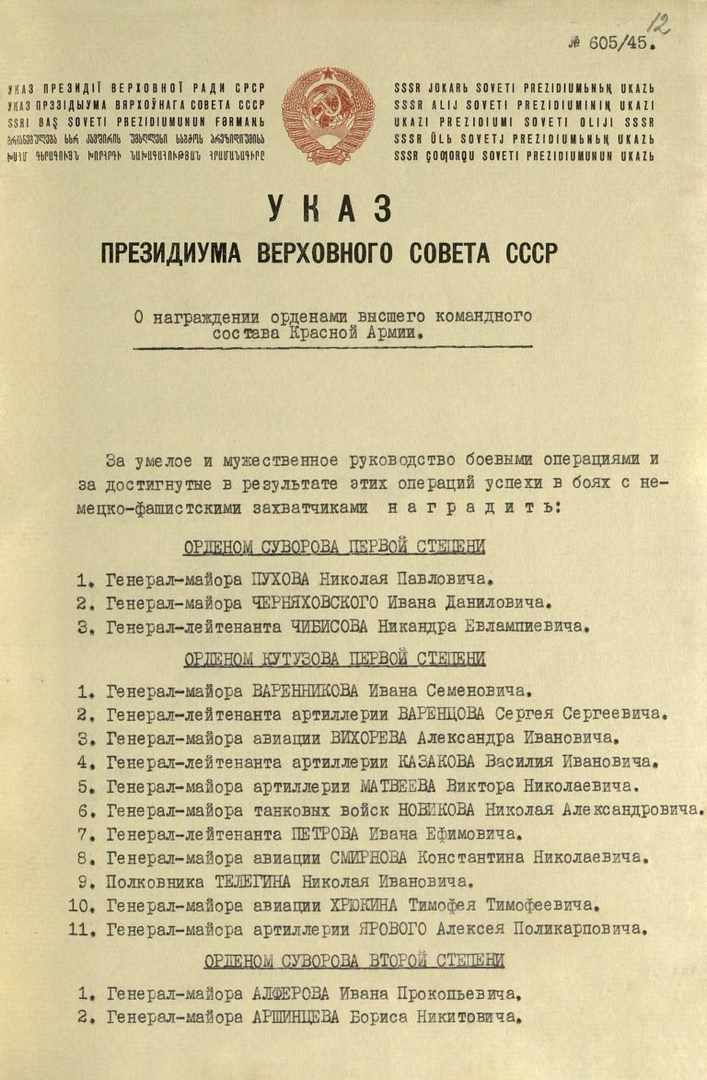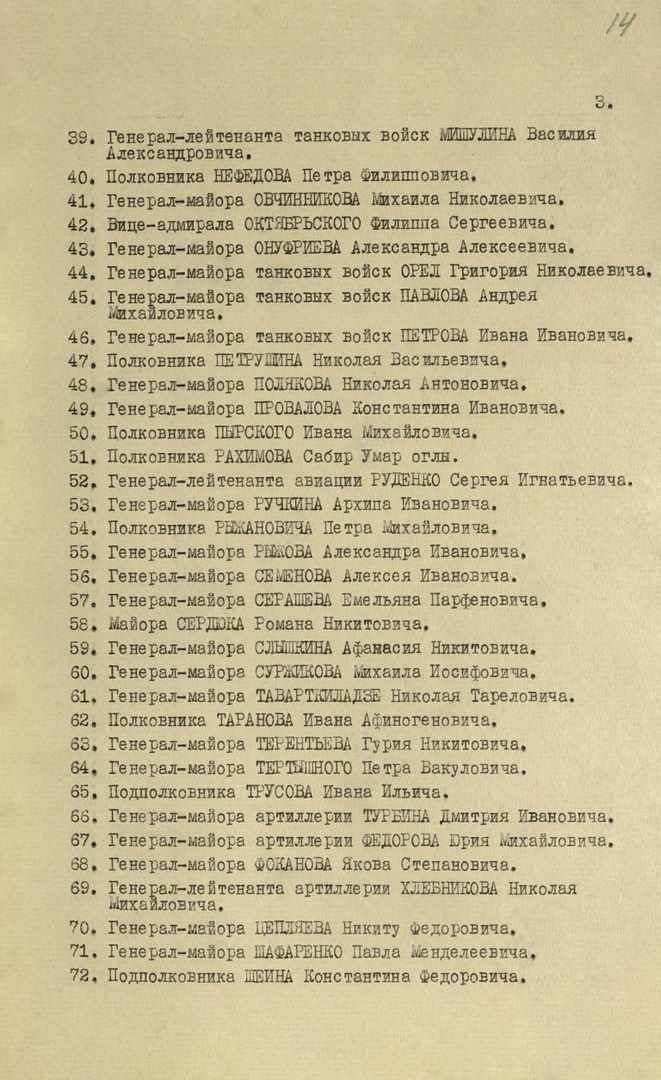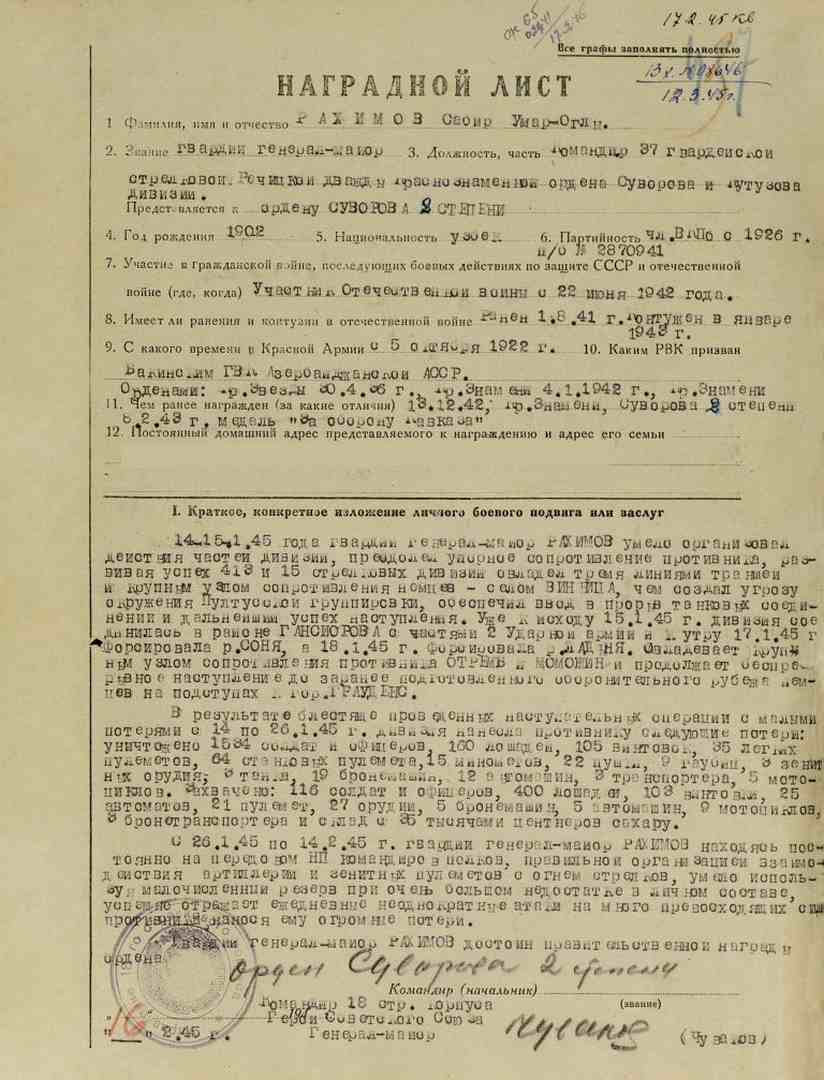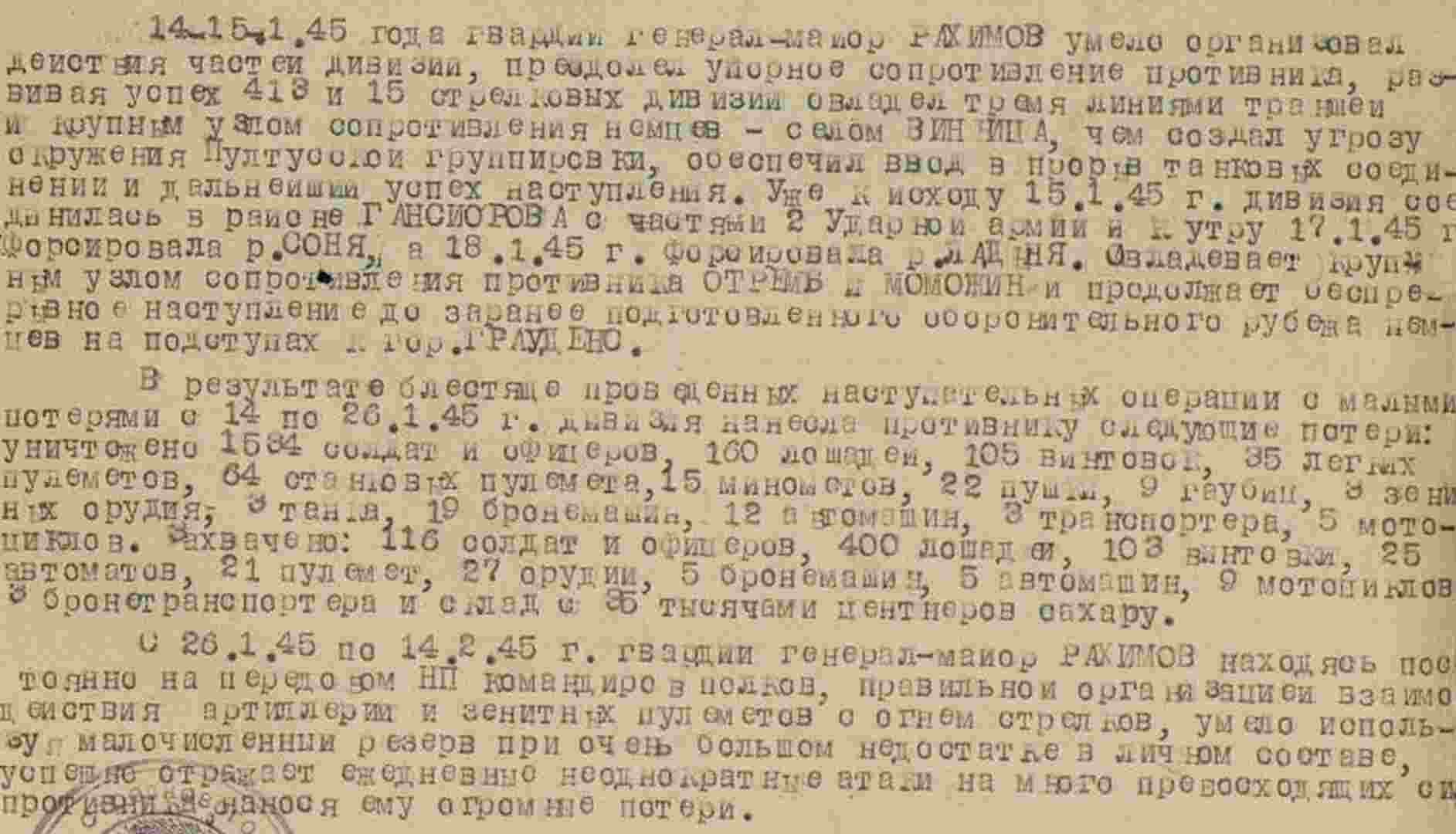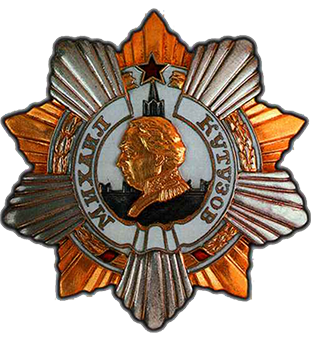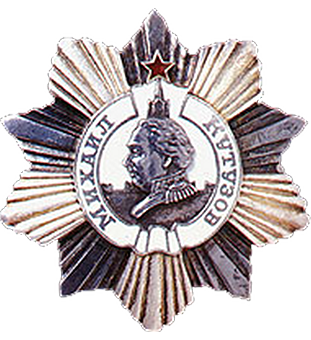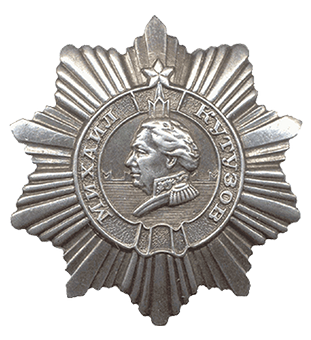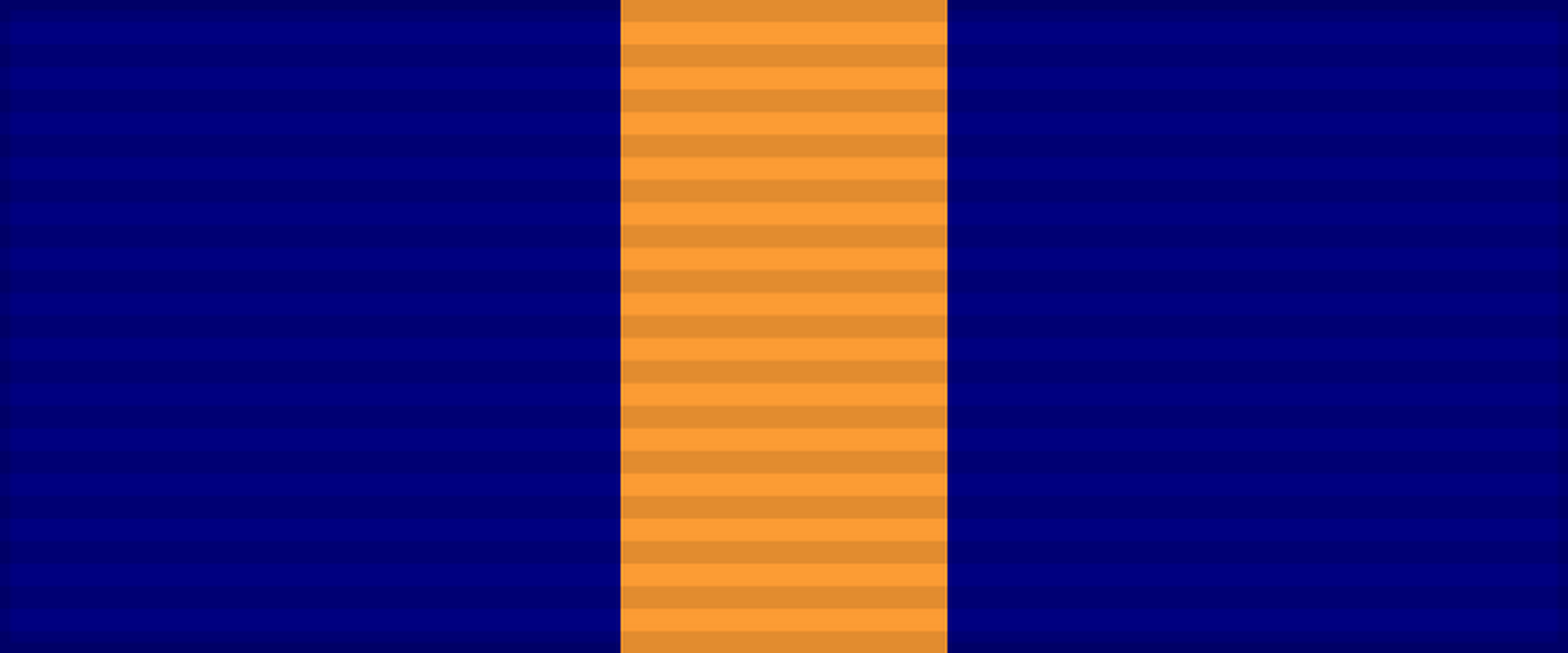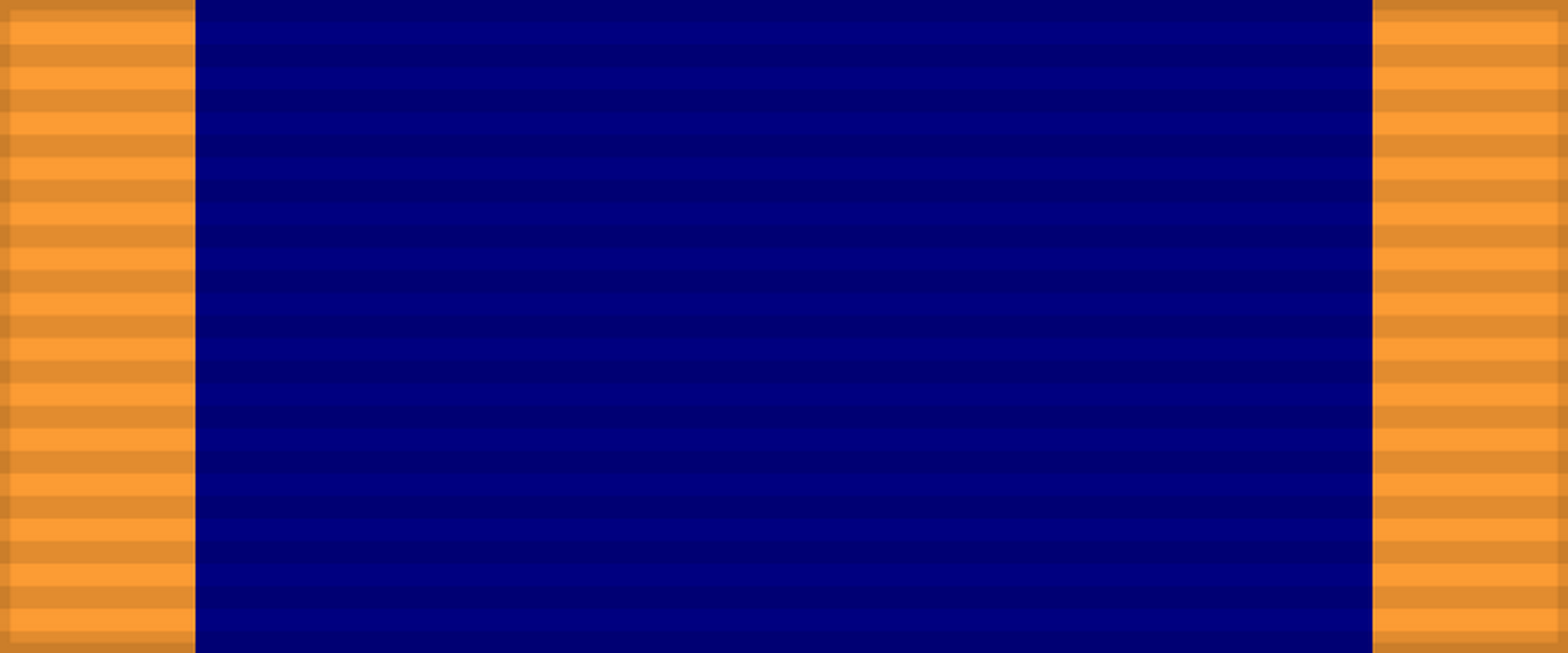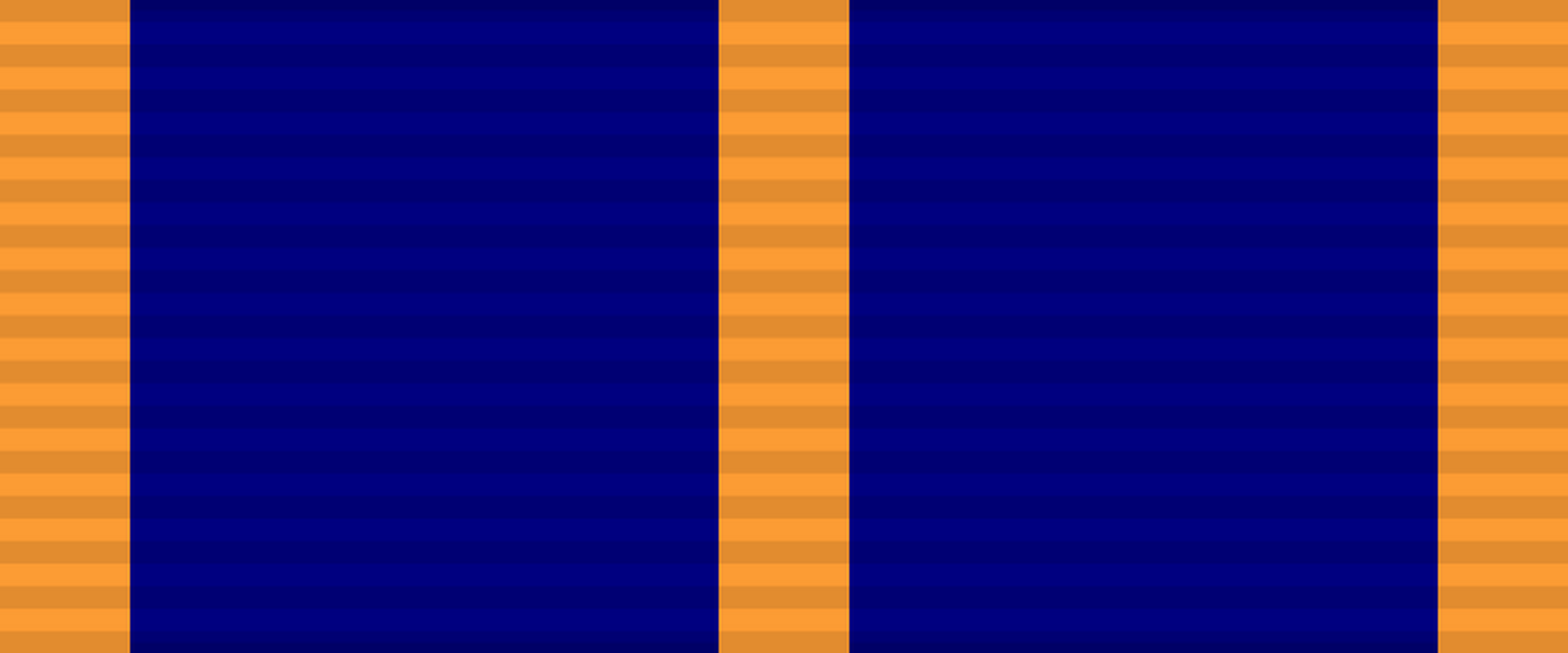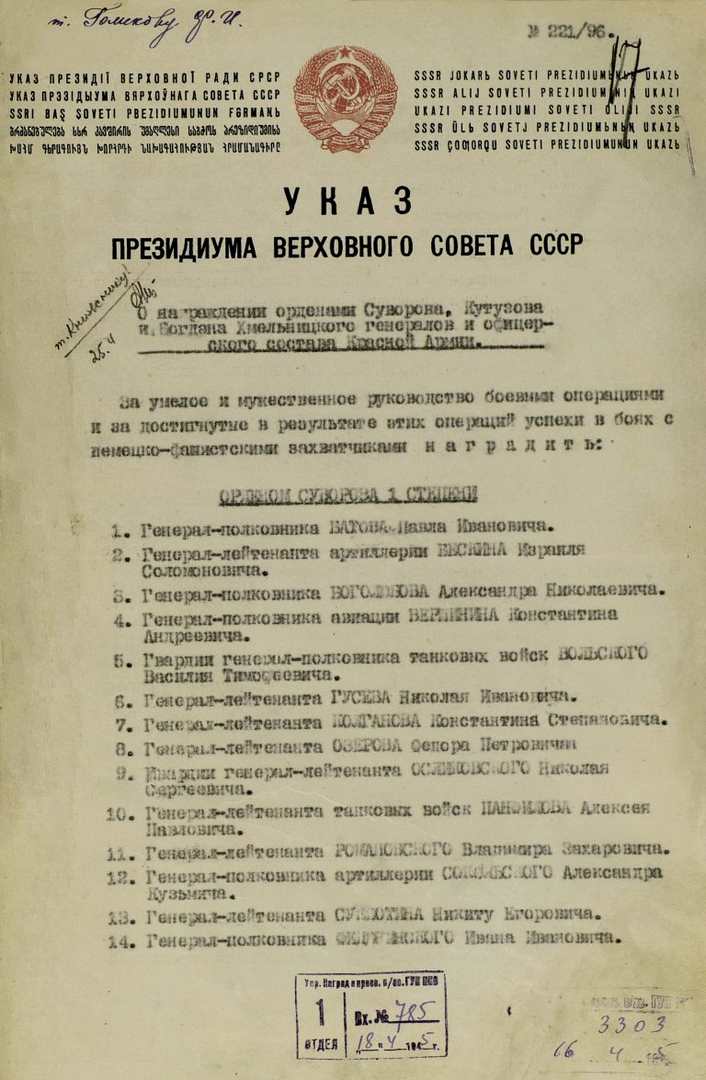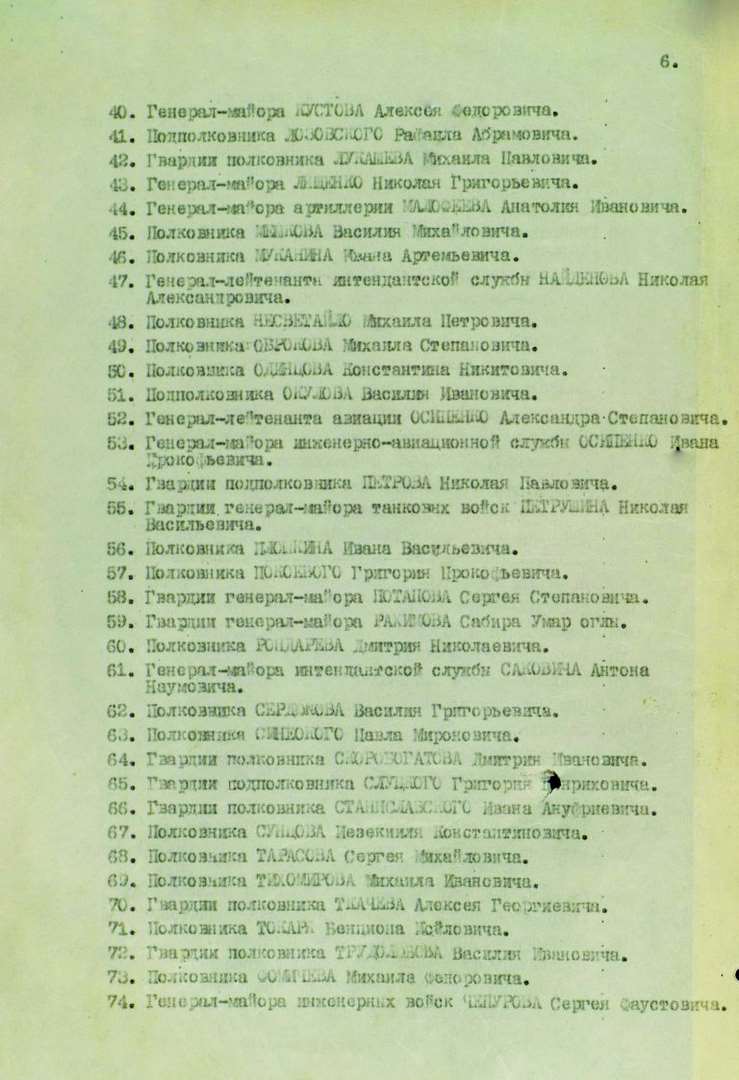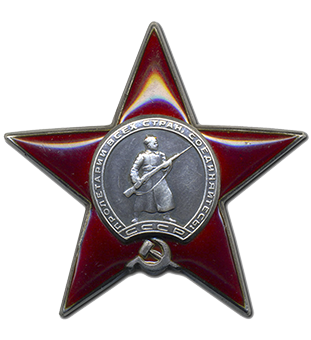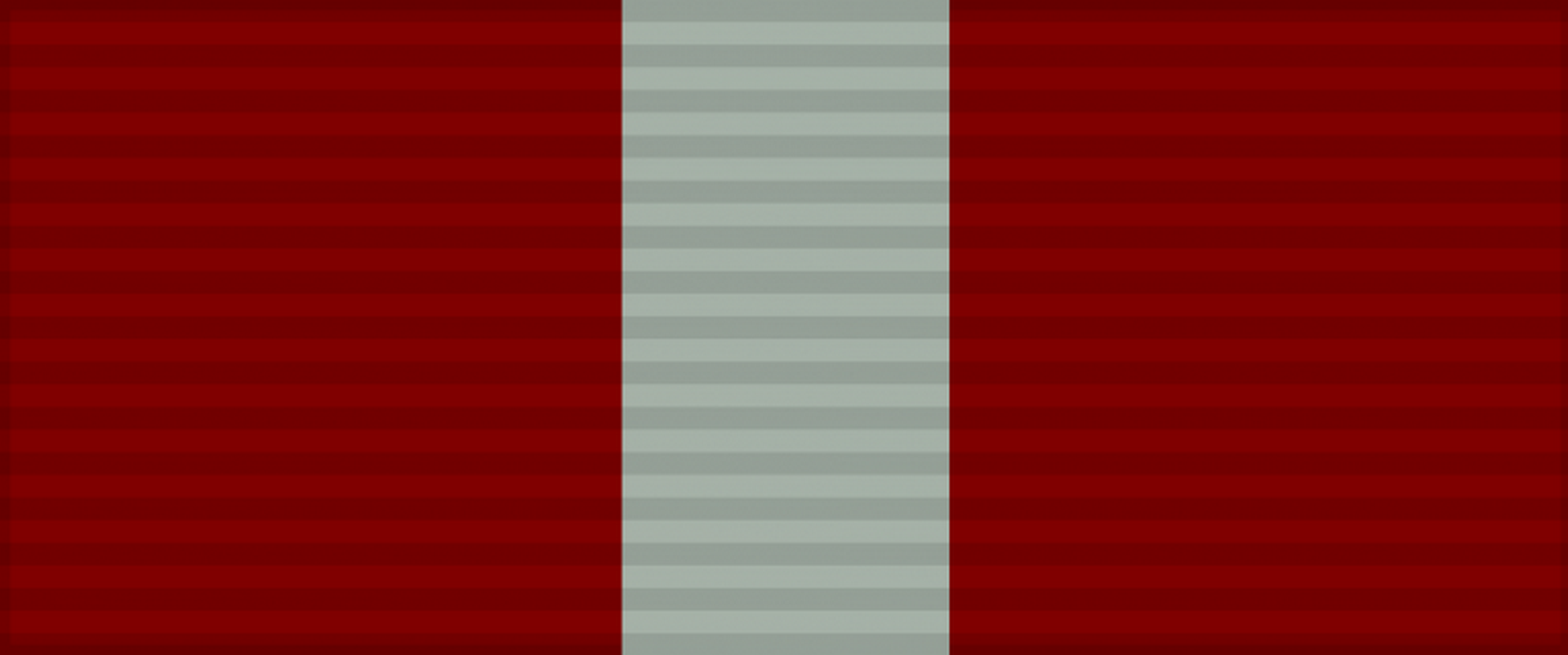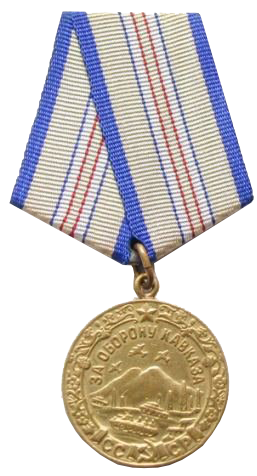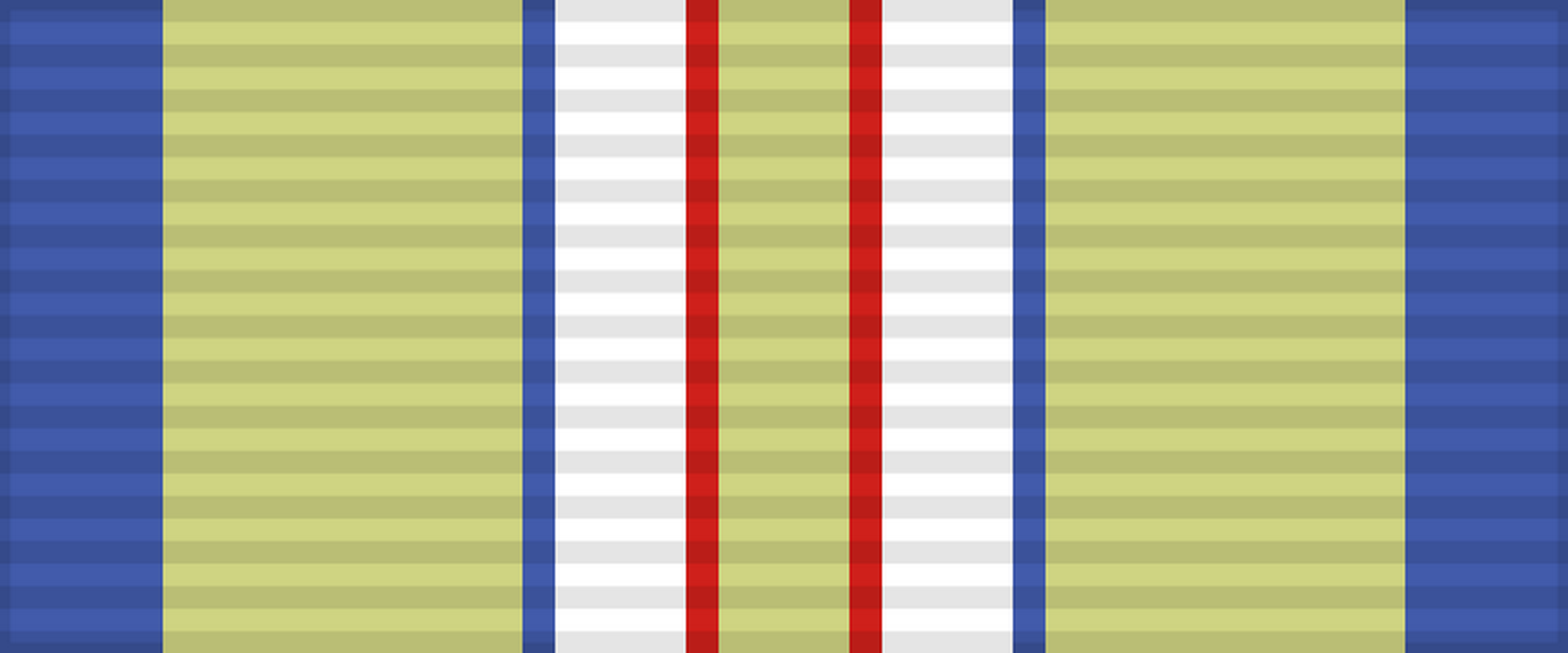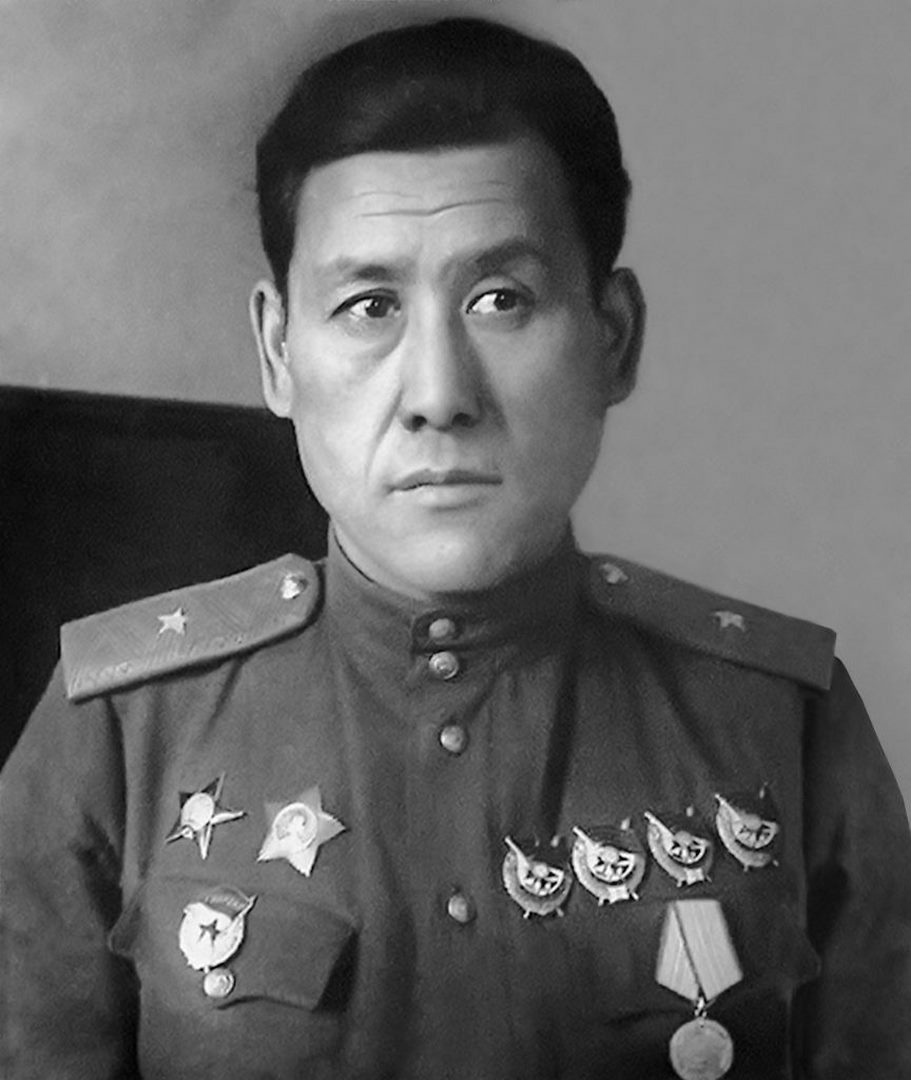
RAKHIMOV SOBIR UMAROVICH
Major General of the Guard, Participant of World War II, The Hero of the Soviet Union (May 6, 1965)
He was born on January 25, 1902. According to official documents, Sabir was born in Tashkent; according to other sources, he was born on the “Communism” collective farm in Leninsky district, which now belongs to the Kazigurt district of the South Kazakhstan region.
His father Omarkul’s full name was derived from the Bagys clan of the Suan tribe of the Great Juzi of the Kazakhs. His mother was Uzbek.
In 1922 he drafted into the Red Army. In 1925 he graduated from the Baku United Military School. He served in the Turkestan Military District, and for several years fought in the battles against the Basmachis, commanding cavalry. He was wounded several times and was awarded the Order of “The Red Banner” for his bravery in battle. In 1930, he completed a command training course. He then served in various military districts. He was discharged from the Red Army in 1938, re-enlisted in the army in 1940 and sent to the Western Special Military District.
In June 1941, he entered World War II as a major, deputy commander of a motorized infantry regiment. He took part in defensive battles on the Western Front in Belarus and the Smolensk region. In July 1941, he was wounded, after treatment in hospital; he returned to the front in November 1941 and commanded the 1149th Rifle Regiment of the 353rd Rifle Division of the 56th Army. In the winter of 1941-1942, he took part in defensive and offensive battles near Rostov and Taganrog on the Southern Front. In January 1942, he was wounded and concussed for the second time.
After being hospitalized in May 1942, he was appointed Deputy Commander of the 395th Infantry Division in the 56th Army, and on September 4, 1942, was appointed Division Commander. In early 1943, the division became active in offensive operations in the North Caucasus.
On March 19, 1943, Colonel Sabir Rakhimov was promoted to the rank of Major General.
On April 8, 1943, Major-General Rakhimov was released from the division command and sent to Moscow to study at the Military Academy of the General Staff named after K.E.Voroshilov.
After graduating from the academy, he returned to the front and on November 16, 1944 was appointed commander of the 37th Guards Rifle Division.
As part of the 65th Army, the division fought in the East Prussian offensive operation. General Rakhimov attempted to storm the fortified city of Graudenz (now Grudziadz, Poland), which was defended by a 9,000-strong enemy garrison. The 37th Guards Division, temporarily attached to the 2nd strike army under the command of General I. Fedyuninsky, broke into enemy fortifications on the outskirts of the city with a heavy blow on February 16, 1945, liberating several settlements and entering the city first. The resolute action of Rakhimov’s unit forced the garrison to focus its main forces on it, as a result of which, on the night of February 22, other units attacked the city from different directions and liberated the city.
On March 26, 1945, during one of the battles, heavy artillery fire from enemy artillery shells destroyed the division’s observation post. Major General Sabir Rakhimov, who was at the observation post, was severely wounded in the head by a shell fragment and died in hospital eight hours later without regaining consciousness.
He was buried in Kafanov Park in Tashkent.
By the Decree of the Presidium of the Supreme Soviet of the USSR of May 6, 1965, Major-General of the Guard Rakhimov Sabir Umarovich was awarded the title of “The Hero of the Soviet Union”.


